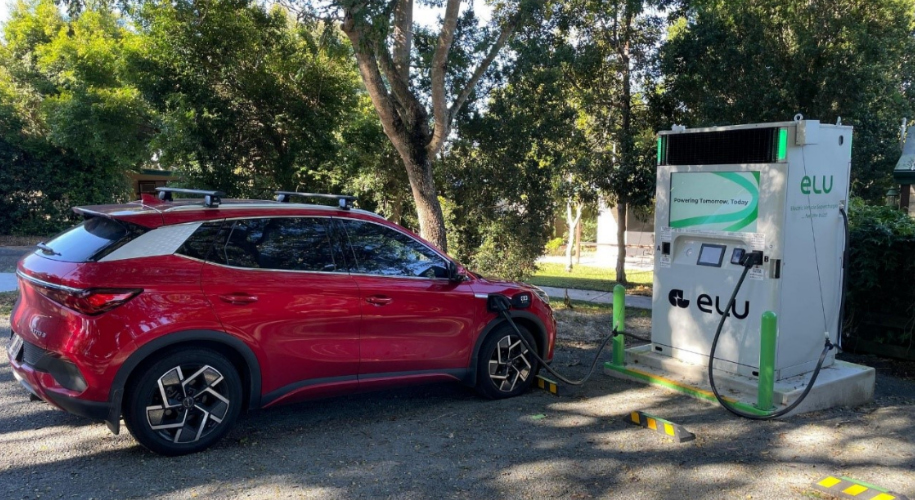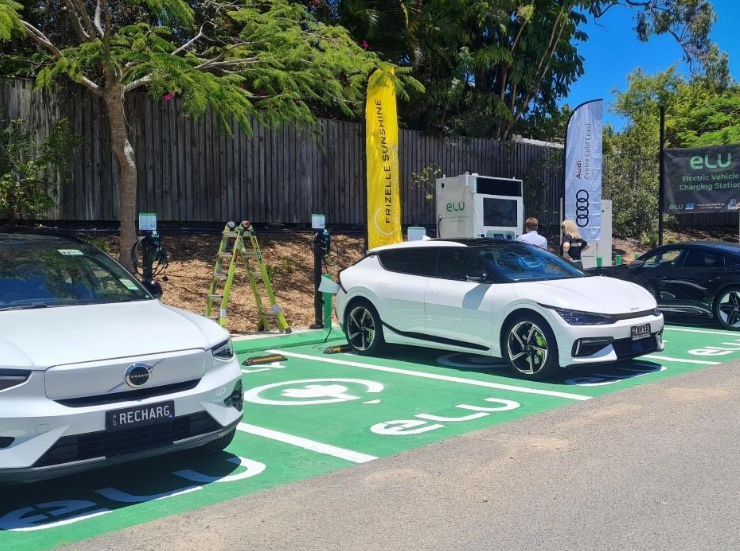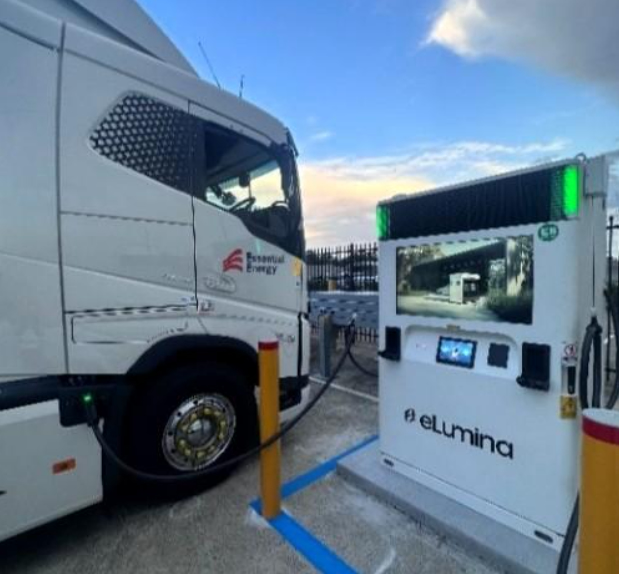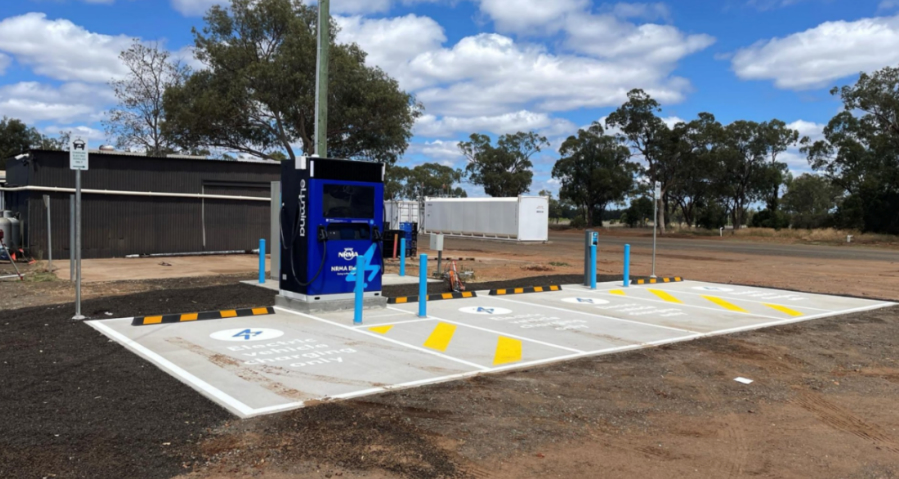- key features
- Specifications
- FAQS
Key Features Of The D1 BIEVC
The D1 BIEVC has an integrated lithium-ion battery to reduce reliance on the grid and supports remote monitoring and cloud-based maintenance.
- Less than 40 kW input for up to 204 kW combined EV charging
- Single connector maximum output at 160 kW
- Built-in 193 kWh battery with liquid cooling
- Dual connectors simultaneously charging two vehicles
- The rapid charging solution for Australia’s tough climate
- Ongoing servicing and maintenance through our cloud platform and local maintenance team
- Australian-owned and RCM-certified.
- Dimensions(L*W*H): 1300mm x 1100mm x 2200mm
- Weight: 2550kg
- Cabinet Transportation: Forklift + Hoisting
- Cable Length: 5m
- Energy Storage Capacity: 193kWh
- Max Output of Two DC Guns: 204 kW
- Max Output of Single DC Gun: 160kW
- Operating & Storage Temperature: -25° C to +50°C
- Noise: <55dB
How much ground space is required?
The base dimensions of the D1 product are 1.3m * 1.1m, and it needs to be placed on a concrete foundation of at least 1.8m * 1.6m.
What type of support does eLumina offer for EV charging installation?
eLumina provides comprehensive support, including site analysis, electrical planning, site planning, product matching, and the final delivery of a ready-to-use charging station. Additionally, we offer reliable after-sales support and maintenance services.
How can eLumina’s products contribute to cost savings for businesses?
With our battery technology, we implement an automatic charging strategy during low electricity prices, storing energy for later use when prices are higher. This allows customers to use power at the lowest price and achieve cost savings.
What data and information are accessible for owners or site hosts from eLumina?
On eCSM, site hosts can easily manage and optimise operations. They can remotely control the chargers and utilise data intelligence to support decision-making. Data collection includes an overview of the daily and monthly number of orders, GMV, average charge amount, sales chart, activeness chart, each charger’s performance, traffic analysis, fault records, order type analysis (reserve, refund, abnormal), member information, etc.






